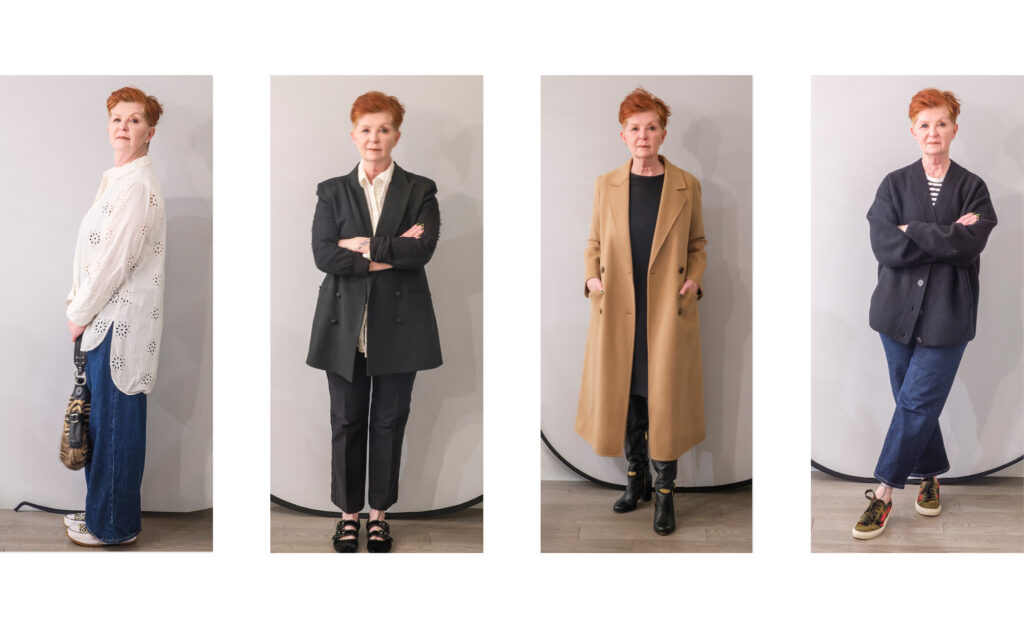What will the world look like in 2050? If we’re to believe the leading thinkers in sustainability, it might run entirely on renewable energy, with everyone connected to smart grids. At 9,984,670 square kilometres, Canada is the world’s second largest country. But, with 31,752,842 people (in 2004), it has only 0.5% of the world’s six billion. By world’s standard, Canada’s growth rate – 1.06% a year – is low. As well, its population is aging. By 2050, the Earth’s population is expected to hit 10 billion, and 75% of those people will live in cities. As our urban cities grow and grow, how do we make sure growth is sustainable? The world is facing critical challenges in providing enough sustainably produced food, water and energy for such an increased population. So, what are we going to do?
After interviewing Dr. Bryan Imber, President and CEO of ICC Group, for this issue of Can We Talk, on the company’s lead role in sustainable energy solutions, it really got me thinking about what other innovations around the world are taking place that share the same concerns about the environmental challenges that are ahead of us.
After doing a bit of research, I’m happy to share a few concepts I’ve found, from individual projects to revolutionary master plans.
The Sahara Forest Project proposes to use restorative practises to establish vegetation in waterless areas and reverse the trend of desertification. With nature as its inspiration, they have designed a technological system where the waste product from one technology is used as resource for another. It’s like farming the desert!
The race is on to build an entire carbon-neutral city and one region in north Portugal has such a city being constructed. It’s called PlanIT Valley, the model city of the future. It’s full of innovation, like a central computer brain, to monitor the energy flow and consumption needs of its 225,000-person population, via sensors embedded into intelligent buildings and bamboo for filtering water and converting human and food waste into biofuel.
In Israel, green technology – whether solar panels or electric cars – is almost an obsession. On a 10-metre stretch of a north Israel highway, the Haifa firm Innowattech has tested out its system of tile-like generators, which are installed under roads and convert the weight and motion of passing vehicles into electricity. The company claims that a kilometre-long lane of its generators could power more than 200 households.
As wind turbines populate hilltops, open fields and other breezy tracts of land across the globe, several companies are busy at work on next-generation windmills. Take Helix Wind, for example, which uses helical scoops instead of blades to deliver steady power, even in turbulent wind conditions. For off-grid or disaster areas, Magenn Power has developed Air Rotor System, a high-altitude turbine that resembles a rotating blimp, which can float up to 350 metres in the air while delivering power to the ground via a tether. A must to check out is Wind Power to see the innovative design of their massive 10-megawatt Aerogenerator X.
If not for ourselves, then a must for our next generation – it’s imperative we find our own way to keep us blue-skying a greener earth!




